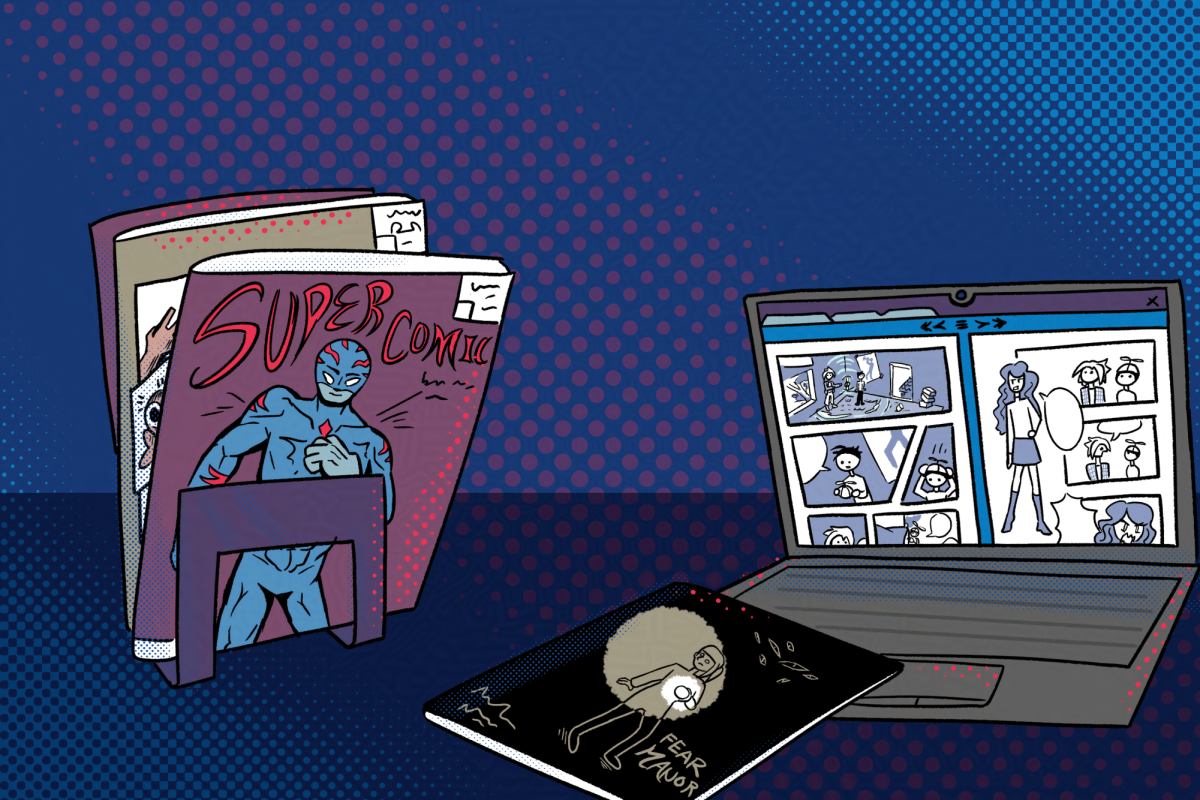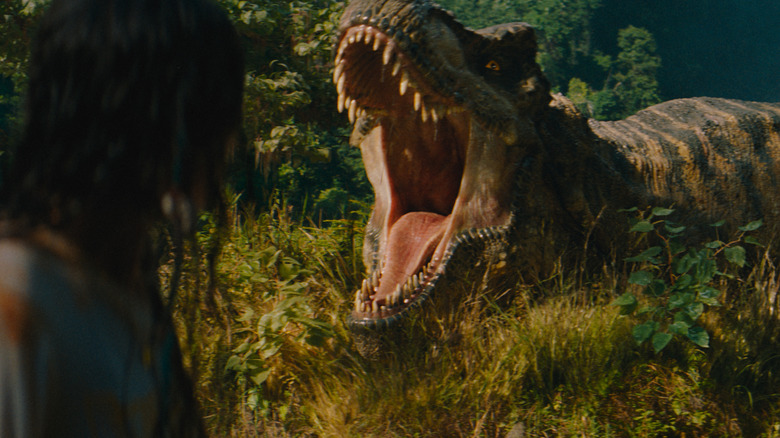As a kid, the only comic book I had was given to me at a family birthday party as a gift included in the gift bag: a single issue of Iron Man. At that time, I knew nothing of the various formats available to read comic books: trade paperbacks, hardcovers, compendiums, single issues, omnibuses, digital comics, etc.
When I officially started collecting comic books, I was 15 years old. I would go with my parents to the comic book store in my hometown and buy two or three single-issue comics. At that time, I bought the ones about superheroes I was familiar with or because the cover stood out to me. I started buying the graphic novels that inspired the movies and, consequently, the TV shows. Having watched superhero media since I was a young kid, for example, the Dark Knight Trilogy by Christopher Nolan, the Ghost Rider films, the X-men films, and the DC Animated Universe provided me with a foundation of heroes to buy comics as a teenager.
But it was around 2016-2017 that some friends of mine during my sophomore year of high school recommended I check out a store in Chula Vista that would begin my comic book collecting journey, Comics’ N Stuff.
Nine years later, as an adult with the Marvel Cinematic Universe, my comic collection has grown with a variety of comic books with a wide array of superheroes, including Iron Man, Captain
America, Avengers, Scarlet Witch, Batman, Superman, Justice League, and X-men, among others. Therefore, I’m going to share and explain the world of comic book collecting.
Types of Comics
First off, there are many formats available in which you can read a comic book. The most traditional comic book format is single issues; they are either a part of a single story arc or part of a larger story consisting of more issues. Trade paperback (TPB) is a collected edition of a storyline of the respective series. It could be one volume because it is just one storyline, or it can be vol. one, two or three of a series. Hardcovers contain the same stories and follow the same vein as a TPB in a more secure format that will last a long time. Compendiums are large softcover and hardcover collections that gather around 40 to 60 issues of a single series, they are usually 1,000 pages in length.
Where to get them
Where can you buy these comic books? Easy. Any bookstore will carry comic books in either softcover or hardcover TPBS and compendiums. Bookstores like Barnes And Noble, local bookstores in your area could carry comic books as well, and sometimes they can be cheaper than at a chain store. Thrift stores can surprise you, as I’ve been surprised when they have comic books at less than five dollars. Libraries have also surprised me as they have sales in which they sell books and comic books for as low as 25 cents. Comic book conventions can help you in securing rare trade paperbacks, but these can cost a pretty penny.
But if you get to the point that you run out of space for your comic books, you can try digital comic books. There are many comic book subscriptions, including Marvel Unlimited, which allows you to read your favorite Marvel superhero stories from their origins, their best and current stories.
ComiXology, owned by Amazon, allows you to read beyond Marvel and DC, for example, comics from publisher Dark Horse Comics, which has published Hellboy, The Umbrella Academy, 300, amongst others. DC Universe Infinite allows you to read over 32,000 comics, ranging from Batman, Superman, Justice League, and Wonder Woman to Watchmen.
Lastly, GlobalComix is the subscription where you will find the most indie comic books. For example, you can read Invincible, Transformers, Teenage Mutant Ninja Turtles, Spawn, The Walking Dead, Sonic, and many many more.
Having discussed the wide array of ways you can read comic books, how do you find an entry point into this vast, rich, and exciting world?
How to get started
There are many ways you can be introduced to this world. If you are someone who was introduced to the superhero world via the media like I was, you can go based on your favorite superhero movie or show. If you watched the Dark Knight trilogy, you can start by reading Batman stories that inspired the films. This scenario applies to every superhero media adaptation, whether it’s the MCU, Invincible, The Boys, The Umbrella Academy, or the upcoming Superman film.
If you want to read the story of a superhero from their first issue from the 1940s, 50’s or 60’s to their most current run, in modern times it has gotten easier to do this. Many collected editions contain the first 10 or 20 issues of a series, with volumes that consequently follow those storylines. This helps the reader as you don’t have to spend thousands of dollars on one single issue.
When you go to either the book or comic store, they may have some specific comics on display that could serve as a recommendation for new readers stepping into this world. You can find lists on the internet with the best stories for a hero you are interested in. You can start with the comic that visually captivates you, and then read other comics by the same artist.
Alongside this, if you’re reading a Moon Knight comic by a specific writer that you find yourself drawn into, you can read other comics by the same writer. With digital subscriptions, it works the same way. On the user interface, they provide you with their top picks or the comics that inspired the adaptation.
With comic book adaptations releasing every year, there has never been a better time to get into the grandiose world of comic books.






